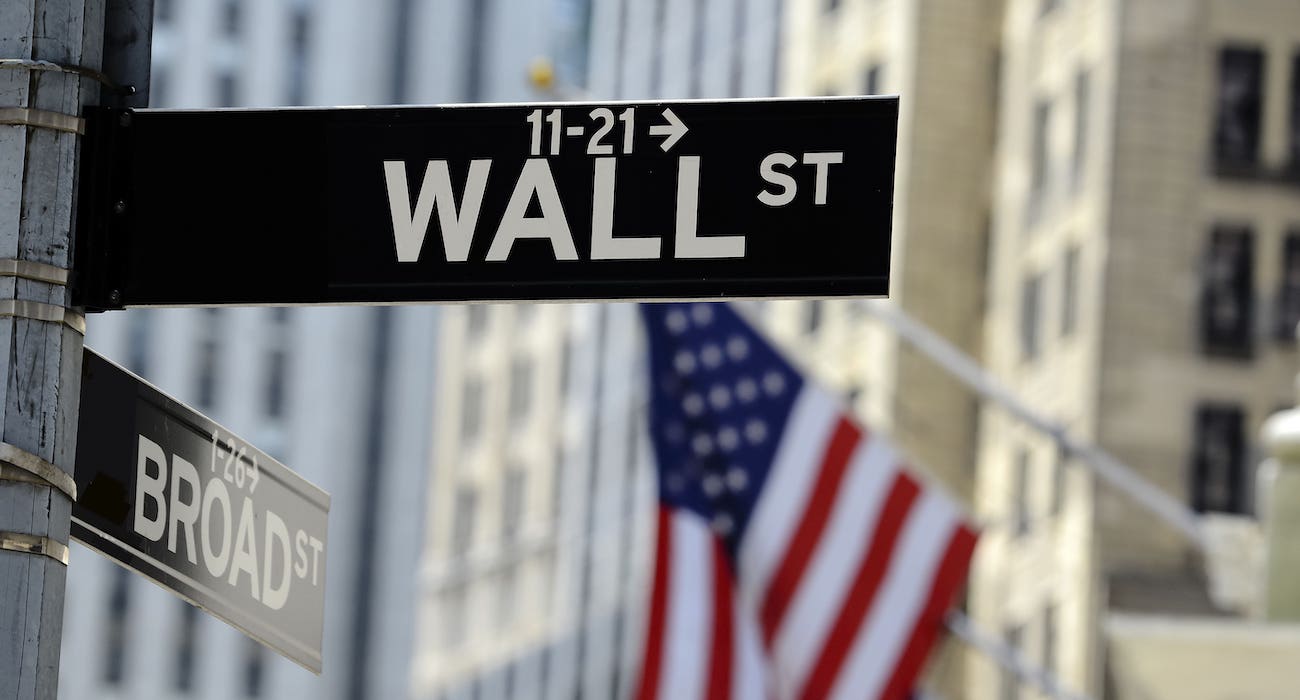The 10-year U.S. treasury yield reached and surpassed the 5% mark last week, something not witnessed since July 2007.
This high reached its zenith on Monday morning at 5.02% before slipping down to 4.85% by the afternoon.
As previously reported in The Dallas Express, the steady rise of 10-year treasury yields began after hitting an all-time low of 0.55% in July 2020. The pace of this climb accelerated amid the Federal Reserve aggressively increasing interest rates to curb inflation.
It saw a steep ascent from mid-May, rising 160 basis points as bond prices dropped.
Investors have been reacting to the Fed’s plans to continue its increases due to robust U.S. economic measures, including a healthy labor market.
Nonetheless, the U.S. government also has a $1.695 trillion budget deficit — up by 23% from the last year — and debates over upcoming spending bills in Congress have resulted in stopgap measures.
Overall, since the 10-year U.S. treasury yield acts as the benchmark for asset prices around the world, its upward movement has sent ripples across the global financial landscape. For instance, bond yields across Europe rose.
For U.S. companies and households, those most affected will be borrowers, as the 10-year treasury yield eventually affects the rates of all kinds of loans.
This includes mortgages, which officially hit their highest point in over two decades last week, as covered in The Dallas Express.
More specifically, the average rate for a 30-year fixed mortgage contract hit 8.03% on Thursday, according to Mortgage News Daily. It had eased down to 7.91% by Monday afternoon.
Meanwhile, the average rate on a 15-year fixed mortgage contract reached 7.35% on Thursday and continued to surge, reaching 7.91% by Monday afternoon — the highest level in 23 years.
In terms of what will happen next in the stock market, that is the subject of much debate.
Stock valuations usually don’t fall until a 10-year treasury rate of greater than about 6.5% is reached, as David Lefkowitz, head of U.S. equities at UBS Global Wealth Management, said, according to Bloomberg.
On the other hand, as of Monday afternoon, the S&P 500 had fallen 0.2%.
“October can be a tough month for stocks, but more often than not tends to see the S&P 500 rise,” said Lori Calvasina, head of U.S. equity strategy at RBC Capital Markets. “Unfortunately, as of mid-October of 2023, U.S. equities are still in a spooky place.”






